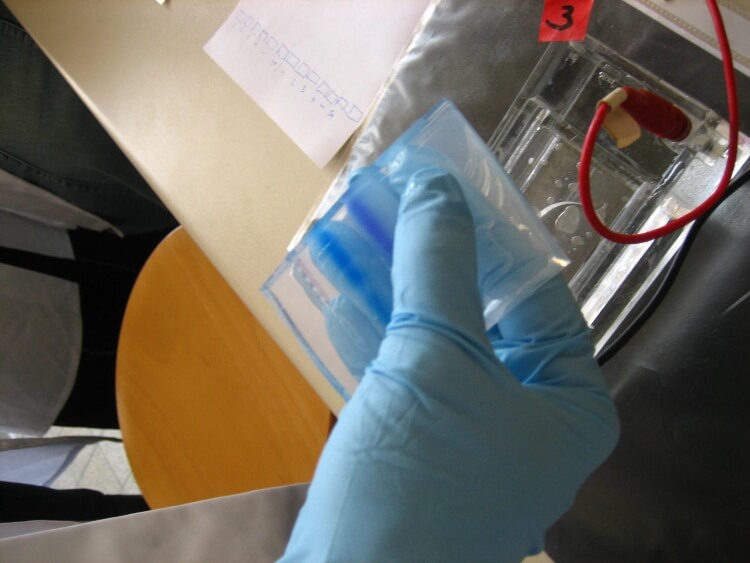3h
Human IgG(Immunoglobulin G) ELISA Kit
Human IgG(Immunoglobulin G) ELISA Kit
IgG
200ng/mL
Sandwich
1.54ng/mL
3.12-200ng/mL
Infection immunity;Immune molecule;Hematology;
ELISA Enzyme-linked immunosorbent assays Code 90320007 SNOMED
Immunoglobulin gamma, IgG, mouse monoclonal H&L chain clones or rabbit, goat polyclonal antibodies have 4 parts. There are 2 heavy chains, 2 light chains. The IgG antibody has 2 antigen binding sites. They represent 70% or more of serum antibodies. This antibody can be antigen purified or protein A or G purified. For storage sodium azide is added or you can call us to request azide free antibody preparations. These will need colder storage temperatures.
E05 478 566 350 170 or Enzyme-Linked Immunosorbent Assays,E05 478 566 350 170 or Enzyme-Linked Immunosorbent Assays,Human proteins, cDNA and human recombinants are used in human reactive ELISA kits and to produce anti-human mono and polyclonal antibodies. Modern humans (Homo sapiens, primarily ssp. Homo sapiens sapiens). Depending on the epitopes used human ELISA kits can be cross reactive to many other species. Mainly analyzed are human serum, plasma, urine, saliva, human cell culture supernatants and biological samples.
The test principle applied in this kit is Sandwich enzyme immunoassay. The microtiter plate provided in this kit has been pre-coated with an antibody specific to Immunoglobulin G (IgG). Standards or samples are then added to the appropriate microtiter plate wells with a biotin-conjugated antibody specific to Immunoglobulin G (IgG). Next, Avidin conjugated to Horseradish Peroxidase (HRP) is added to each microplate well and incubated. After TMB substrate solution is added, only those wells that contain Immunoglobulin G (IgG), biotin-conjugated antibody and enzyme-conjugated Avidin will exhibit a change in color. The enzyme-substrate reaction is terminated by the addition of sulphuric acid solution and the color change is measured spectrophotometrically at a wavelength of 450nm ± 10nm. The concentration of Immunoglobulin G (IgG) in the samples is then determined by comparing the O.D. of the samples to the standard curve.
